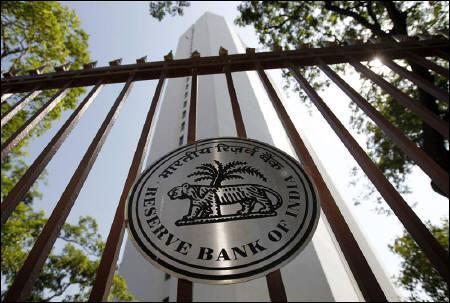The repo or short term lending rate remains unchanged at 6.75 per cent and the reverse repo rate at 7.75 per cent.

RBI Governor Raghuram Rajan on Tuesday left the key policy rate unchanged but indicated at accommodative stance saying with "inflation moving closer to the target" there would be more room for rate cut to support growth.
He also said that if the Budget makes enough structural reforms to boost growth, the central bank could chip in with cheaper money to boost growth.
The repo or short term lending rate remains unchanged at 6.75 per cent and the reverse repo rate at 5.75 per cent.
"The Reserve Bank continues to be accommodative even as it leaves the policy rate unchanged in this review, while awaiting further data on the development of inflation.
"Structural reforms in the forthcoming Union Budget that boost growth while controlling spending will create more space for monetary policy to support growth, while also ensuring that inflation remains on the projected path of 5 per cent by the end of 2016-17," Rajan said announcing the 6th and final monetary policy for the current fiscal.
"Inflation has evolved closely along the trajectory set by the monetary policy stance. With unfavourable base effects on the ebb and benign prices of fruits and vegetables and crude oil, the January 2016 target of 6 per cent should be met," Rajan said but added a caveat on the impact of the seventh pay commission implementation on the price index.
"Going forward, under the assumption of a normal monsoon and the current level of international crude oil prices and exchange rates, inflation is expected to be inertial and be around 5 per cent by the end of fiscal 2017.
"However, the implementation of the Seventh Central Pay Commission award, which has not been factored into these projections, will impart upward momentum to this trajectory for a period of one to two years. The Reserve Bank will adjust the forecast path as and when more clarity emerges on the timing of implementation," Rajan said.
Expecting a gradual uptick in growth, the Governor said he expects 7.6 per cent GDP growth next fiscal "notwithstanding significant headwinds" and based this on normal monsoons, the large positive terms of trade gains, improving real incomes of households and lower input costs of firms.
He also listed out still weak domestic private investment demand in a phase of balance sheet adjustments, re-emergence of concerns relating to stalled projects, excess capacity in industry, sluggish external demand conditions and dampening export growth as major headwinds.
Rajan offered to help start-ups, stating that the Reserve Bank will take steps to further 'ease of doing business' and contribute to an ecosystem that is conducive for growth of the sector which will help create an enabling framework for getting foreign VC or PE funds into them.
The RBI Governor said the Indian economy is being viewed as a beacon of stability because of the steady disinflation, a modest current account deficit and commitment to fiscal rectitude.
This needs to be maintained so that the foundations of a stable and sustainable growth are strengthened, he said.
On the GDP, RBI maintained its growth forecast at 7.4 per cent with a downside bias.
Prospects for the rabi harvest are improving slowly, Rajan said, adding that the near-term outlook for industrial activity may be constrained by adverse base effects in the fourth quarter of the current fiscal and still weak exports, although the pick-up in corporate profitability on the back of declining input costs may provide an offset.
Some categories of services are likely to gain momentum on expectations of higher activity in coming months, though the aggregate state of activity remains muted, he said.
Expressing concern, Rajan said, stalled projects continue to remain high, and there is a decline in new investment intentions, perhaps on the back of low capacity utilization.
"While revenue growth in manufacturing has been modest, the fall in costs, partly because of a decline in commodity prices, and partly because of improvements in manufacturing efficiency, have resulted in relatively stronger profitability," he said.










